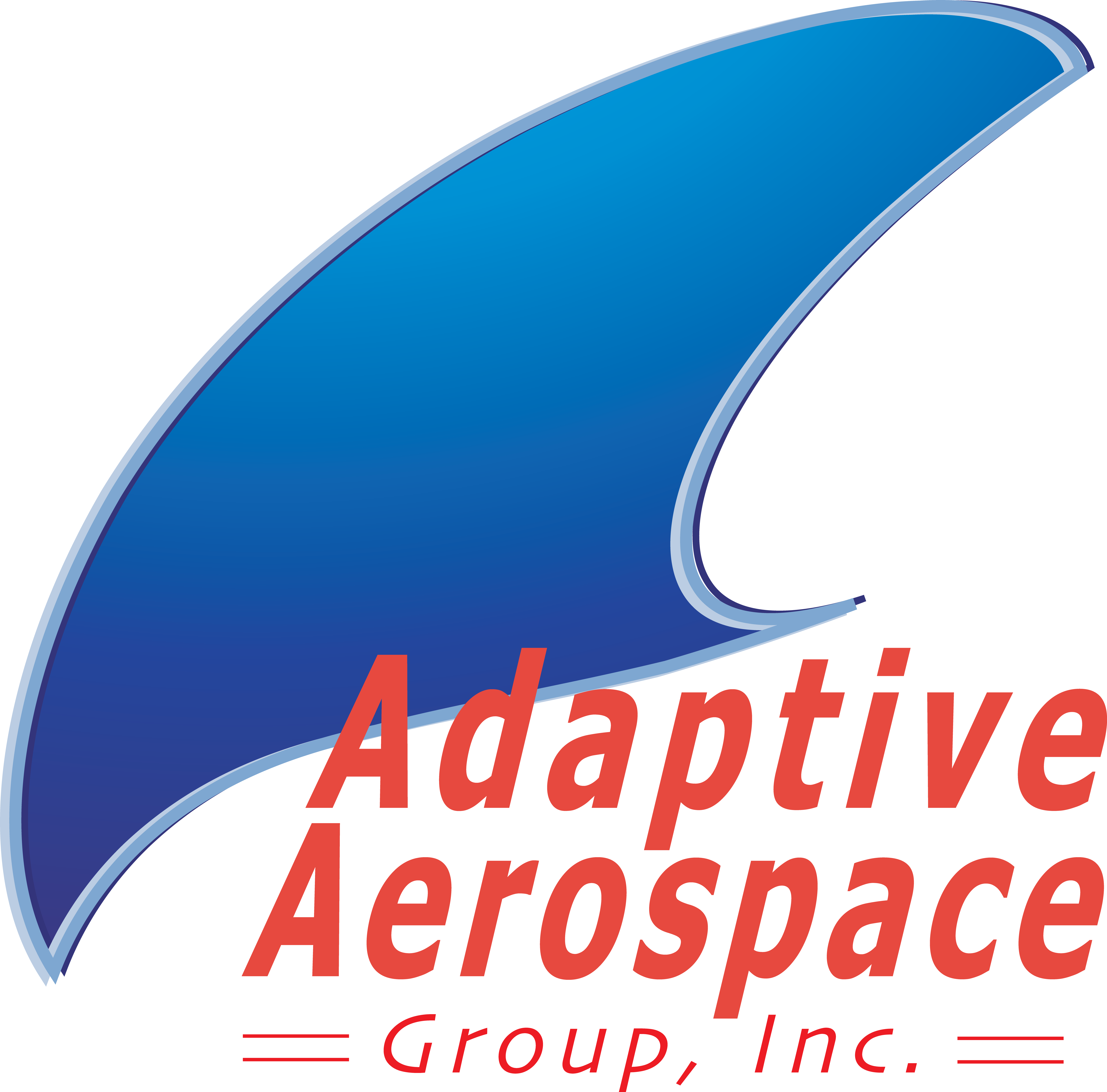
David Schuster
Senior R&D Engineer
Dave received a BS degree in Aerospace Engineering from the University of Cincinnati and MS and PhD from the Georgia Institute of Technology. Dave has received numerous academic, industry, and government awards including the University of Cincinnati’s Hermann Schneider Medal for exemplary performance as a co-op student, the Lockheed Martin Corporation NOVA Award for Technical Excellence, the 1993 AIAA Best Paper in Applied Aerodynamics for his paper entitled “Application of a Navier-Stokes Aeroelastic Method to Improve Fighter Wing Performance at Maneuver Flight Conditions,” and a NASA Outstanding Leadership Medal.
Dave began his career in 1977 at the then Lockheed Georgia Company in Marietta Georgia where he developed some of the first block grid Computational Fluid Dynamics (CFD) methods for complex geometries, including multi-component high-lift systems. He later coupled Lockheed’s CFD tools to structural dynamics solvers to develop unique computational aeroelasticity methods.
In 1989 he joined the Georgia Tech Research Institute to develop their Aerospace Laboratory using small wind tunnels and computational capability donated by Lockheed Georgia as they consolidated research operations in California. Here he developed business in computational and experimental aerodynamic studies with the Air Force and other private industry including a unique experimental study of the ground effect aerodynamics of unlimited hydroplane racing boats for the Unlimited Hydroplane Racing Commission.
In 1991 he returned to Lockheed serving as a contractor to NASA Langley’s Unsteady Aerodynamics Branch where he continued to develop and apply computational Aeroelasticity methods and aeroelastic testing on hypersonic and supersonic vehicles. He joined the Aeroelasticity Branch as a Civil Servant in 1997 and led their Theoretical Aeroelasticity Group. He later became Branch Head of the Structural and Thermal Systems Branch before being named the NASA Technical Fellow for Aerosciences in 2007.
Dave retired from the NASA Langley Research Center in January 2023 after a 46-year career in the aerospace industry. He joined AAG in April 2024. The last 16 years of his NASA career were spent with the NASA Engineering and Safety Center as the NASA Technical Fellow for Aerosciences where he had Agency responsibility for the health and maintenance of NASA’s aerosciences discipline and led a team of aerosciences experts from across government, industry, and academia to solve difficult aerosciences problems that were challenging NASA’s programs and projects. These included numerous studies of:
He was the aerosciences lead for the Max Launch Abort System (MLAS) that successfully launched out of the Wallops Flight Facility in 2009. In addition, he led and/or participated in numerous aeronautics technical investigations, including the National Aero-Space Plane, High Speed Civil Transport, the Abrupt Wing Stall investigation of the F-18 E/F wing drop, and the High-Speed Slotted Wing.
Dave enjoys playing golf, carpentry and home projects, hiking, travelling with his wife and daughter, socializing with friends, music, and working with his two black Labrador Retrievers.
